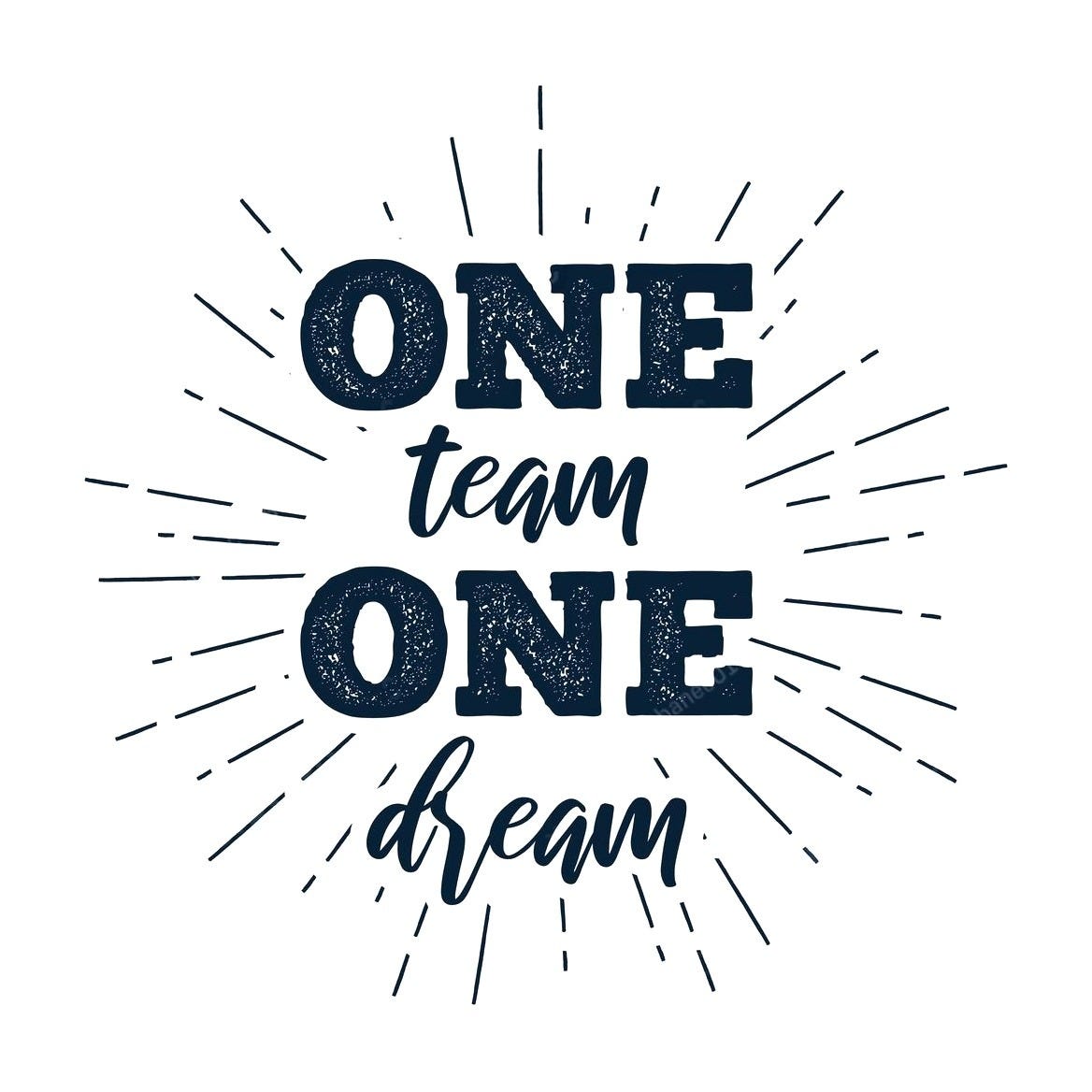Phrases like “teamwork makes the dream work” and “one team, one dream” are thrown around a lot at work. But how do you actually make the dream work? How do you build the kind of team that truly operates as one?
One tool I’ve consistently used and 100% recommend is the Team Canvas.
According to theTeamcanvas.com, teamwork is built on purpose, openness, and mastery. Teams click when values align, skills complement, and trust builds. That takes time - but using the Team Canvas, you can accelerate the process.
What is a Team Canvas?
The Team Canvas is a strategic framework designed to get team members aligned and on the same page - fast. It creates a way for real discussion and sharing of expectations and individual needs.
Originally developed by Alex Ivanov for startup and creative teams, it works just as well in corporate environments. I’ve used it successfully with Marketing teams in large organisations, and I believe it can be valuable in any team or functional context.
You can learn more about the idea and theory behind the Team Canvas here: https://theteamcanvas.com/learn/
Why do I love a Team Canvas?
Team development, moving from forming to performing, takes time. A Team Canvas helps lay groundwork intentionally and quickly.
What I love most is that it’s not just a framework. It’s a conversation starter. A social contract. It moves beyond goals and purpose to spotlight what people need as individuals to do their best work.
Team goals and purpose are of course critically important. But as a way to build trust and social cohesion, the most powerful sections are Needs & Expectations and Rules & Action Points—in my experience, they uncover what is often left unsaid or assumed.
Here are some real-life examples of these two sections.
NEEDS & EXPECTATIONS: What each one of us needs to be successful? What are our personal needs towards the team to be at our best?
“Assume good intentions”
“Keeping your word and commitments”
“Giving and receiving constructive feedback”
“Team communication to be proactive, responsive, open and honest”
“Clear deadlines, expectations and objectives”
“Encouragement and patience”
RULES & ACTION POINTS: What are the rules we want to introduce after doing this session? How do we communicate and keep everyone up to date? How do we make decisions? How do we execute and evaluate what we do?
“Timely feedback - to be given within 24 hours”
“We do not accept ASAP as a deadline - all tasks and projects must have a date”
“No Friday meetings”
“Make no assumptions”
“We will celebrate and amplify our team wins”
“Key decision makers and RACI are identified before any project begins”
By no means are these perfect or complete, but this what the team discussed and agreed upon. And so this commitment was to themselves and to each other.
How have I used a Team Canvas?
✅ For a new team
When I joined an existing Marketing team as their functional leader, it became a new team. I did not run a Team Canvas immediately as I gave time to understand the existing culture, and only after some team movements that I used the Team Canvas.
Upon hindsight (and my recommendation), is to not delay facilitating a Team Canvas session with your new team - the sooner the better - to lay the foundations for a shared vision, values and norms.
✅ Onboarding new starter
When I have new starter join my team, the current Team Canvas is part of their onboarding. There are two purposes here: firstly, to bring the new person into the ‘fold’ of existing team culture & norms. And secondly, to allow space for the new individual to also contribute to the desired team culture.
In this scenario, I would share and talk through as part of the new starter’s induction. And at a team meeting or team day, I would run a refresher on the Team Canvas with the whole team. In this scenario, I would recommend spending more time facilitating the sections: Values, Needs & Expectations and Rules & Action points.
✅ Team alignment days
Every 6 months, I revisit our Team Canvas during a team day. Even without new team members, it acts as a pulse check on how we’re living our team values, purpose and goals. In this session, we would discuss the current Team Canvas, refresh sections if we needed to but we wouldn’t be building it from scratch.
In this scenario, it is more important to focus on the conversations that it generates in the team, rather than the task of updating the existing Team Canvas.
To run your own Team Canvas session, I highly recommend checking out the How-To Guides at: https://theteamcanvas.com/use/
You will find comprehensive instructions including scripts, a detailed agenda, guidance on materials needed to run the session and completed examples.
Why should you try a Team Canvas?
Yes, you will walk away with a tangible output, a completed Team Canvas that has written commitment as a team. But the real value is in the conversation. It surfaces the unsaid and makes the implicit, explicit.
The process itself allows for ongoing team conversations and empowers each team member with mutual accountability. I like to think of a Team Canvas as a social contract between team members. It is a live agreement, intentionally co-designed by the team, for the team, which creates a culture where everyone can be their best.
What do you think about the Team Canvas? Would you facilitate a Team Canvas session with your team?







